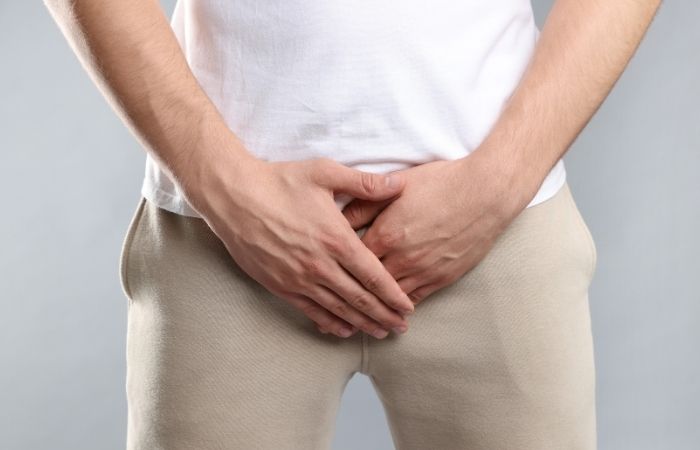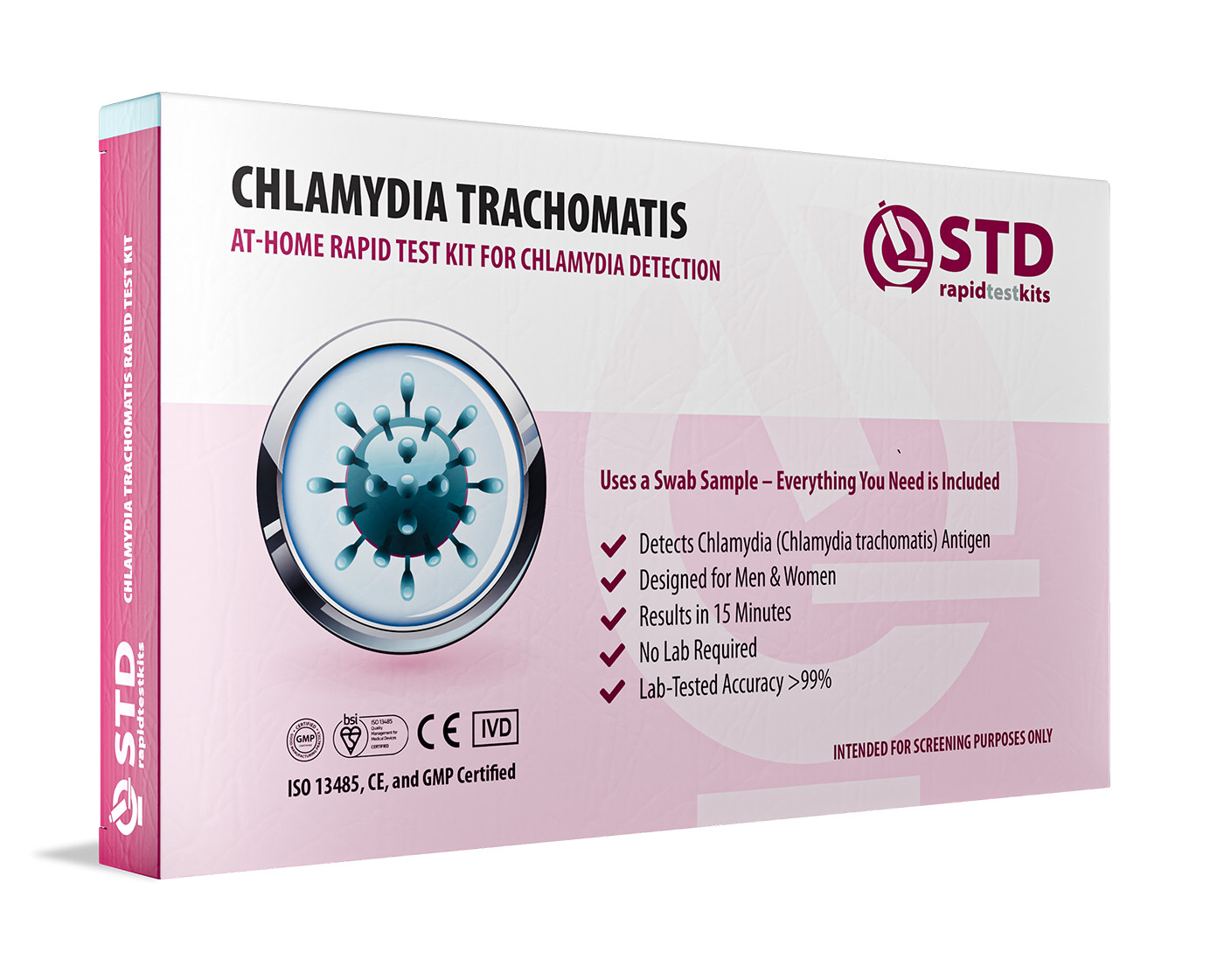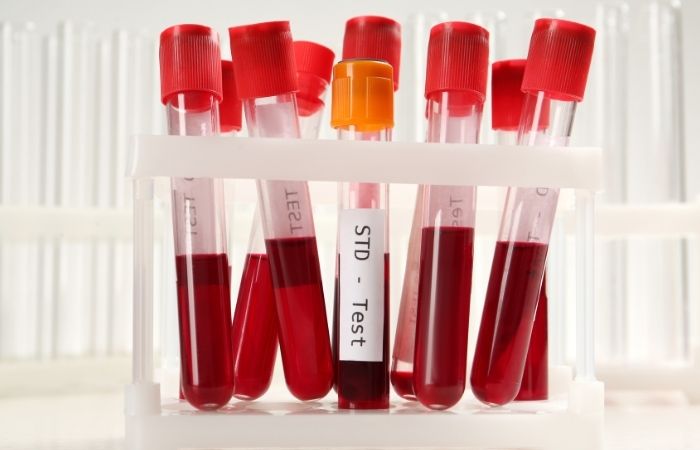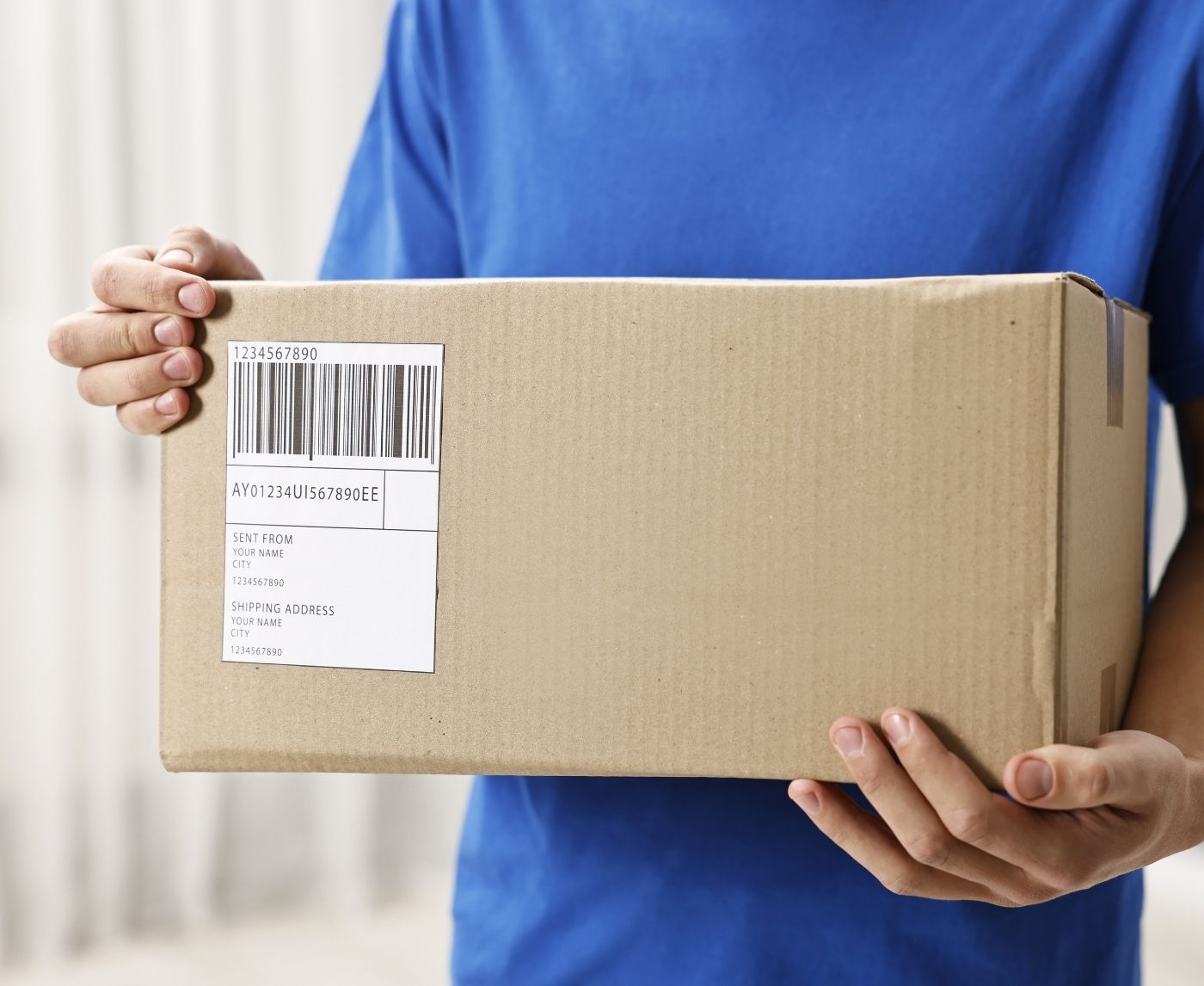Quick Answer: A chlamydia swab test is highly accurate when done after the 7–14 day window period. It may feel briefly uncomfortable but is over in seconds. At-home kits let you test your urine or swab in private and are just as reliable as tests done in a clinic.
What Exactly Is a Chlamydia Swab Test?
Clinics and at-home STD kits often use swab tests to check for chlamydia. They use a soft, sterile swab to get cells from the cervix, urethra, throat, or rectum. Then, the sample is tested with NAAT (nucleic acid amplification testing), which is very accurate at finding bacterial DNA. This isn't like a Q-tip drag; it's a medically designed collector that gently but effectively reaches the right tissue.
For people with vaginas, this often means a vaginal or cervical swab. For people with penises, it may be a urethral swab. Receptive anal or oral sex? Then rectal or throat swabs might be part of the picture, too, especially if you’re symptomatic or your provider wants a comprehensive screen. The swab picks up infected cells where chlamydia may be hiding, even if you don’t have symptoms.
According to the CDC, swab-based NAAT is one of the most reliable tests for chlamydia, just as accurate as urine in most cases, and more accurate in some, especially for throat or rectal exposure.
Table: Swab vs Urine Testing for Chlamydia
| Test Type | Sample Collected | Best For | Accuracy | Used In |
|---|---|---|---|---|
| Swab (NAAT) | Vaginal, cervical, rectal, throat, or urethral cells | Throat, rectal, or vaginal infections | High (95%+ sensitivity) | Clinics, at-home kits |
| Urine (NAAT) | First-catch urine sample | Urethral infections (especially in men) | High (90–95% sensitivity) | Clinics, at-home kits |
Figure 1. Comparing swab and urine testing for chlamydia based on sample site, reliability, and common usage.
Does the Chlamydia Swab Hurt?
The short answer: it can be uncomfortable, but it's not supposed to be painful, and it's over quickly.
In clinics, swabs are typically performed by a provider. For vaginal swabs, it feels a bit like a pap smear, pressure, maybe some light cramping, but no sharp pain. Urethral swabs (used less often today due to discomfort) may cause a stinging sensation during and mild burning after, especially if the urethra is inflamed. For rectal and throat swabs, the discomfort is usually more mental than physical, awkward positioning, not pain.
When you test at home, you’re in control of the swab. That makes a big difference. Most at-home kits include soft-tipped swabs and illustrated instructions, reducing the anxiety around “doing it wrong.” In one Reddit thread, a user described their vaginal swab as “more awkward than painful. Like, tampon-day-one level, not dentist-drill level.” That sentiment is echoed across multiple user reports: not fun, but manageable.
If you're symptomatic, burning, discharge, itching, a swab may irritate things briefly. But the benefits far outweigh the few seconds of discomfort. A positive result means treatment. A negative result brings peace of mind. Both mean clarity.

People are also reading: Why Mississippi Leads the Nation in Congenital Syphilis, and How to Stop It
Can You Really Test for Chlamydia at Home?
Yes, and the options are better than ever. Today’s at-home STD test kits use the same lab-based NAAT testing as clinics, just collected by you. Most reputable kits include either a swab or a urine tube, along with prepaid mailers and clear directions. Some kits specialize in vaginal swabs, others offer rectal or throat swabs, and some let you choose based on your risk profile.
One common question: “Are at-home swab tests as accurate as clinic ones?” The answer is yes, if you follow instructions and test after the recommended window period. Studies published in journals like Sexually Transmitted Diseases and JAMA confirm self-collected vaginal and rectal swabs can be as accurate as those collected by providers.
If you're nervous, remember: the swab is soft, shallow, and self-paced. You're not fishing around with a stick. You're brushing the surface where chlamydia lives. It’s less about going deep and more about getting the right contact. Your kit should explain exactly how to do this, and if it doesn’t, toss it and buy from a provider that takes your health seriously.
Want that kind of peace of mind?
Try a discreet chlamydia test kit that meets FDA guidelines and ships in plain packaging. No clinic wait, no judgment, just answers.
Check Your STD Status in Minutes
Test at Home with RemediumChlamydia Test Kit

 For Men & Women
For Men & Women Results in Minutes
Results in Minutes No Lab Needed
No Lab Needed Private & Discreet
Private & DiscreetOrder Now $33.99 $49.00
When Should You Use a Swab Test for Chlamydia?
The timing of your test is just as important as the method. Most experts recommend waiting at least 7 days after potential exposure to test for chlamydia, with 14 days being the sweet spot for peak accuracy. Testing too early might give you a false sense of relief, a negative result that misses a still-developing infection.
Think of it this way: chlamydia has to replicate enough in your body to be detectable. That replication takes time. If you swab the area before that happens, the test may come back negative, even if you were infected. According to NHS guidance, the recommended window period is 7–14 days, though some infections can show up earlier or later depending on immune response, site of exposure, and test type.
That’s where decision-making gets tricky. Imagine: You had unprotected sex five days ago, you’re freaking out, and your throat feels scratchy. You order an at-home throat swab kit and rush to test. Negative. Relief… until two weeks later, you notice discharge and itching. You test again, this time, vaginally. It’s positive.
Was the first test a waste? Not at all. But it shows why understanding window periods matters. Testing early is okay if you're symptomatic or just need some peace of mind. But you’ll likely need to retest around day 14 for the most reliable result.
Table: When to Swab for Chlamydia by Exposure Type
| Exposure Type | Best Test Type | Earliest Reliable Test Day | When to Retest (if needed) |
|---|---|---|---|
| Vaginal or anal sex (insertive) | Urine or vaginal swab | Day 7 | Day 14 if still concerned |
| Receiving oral sex | Throat swab | Day 7 | Day 14 if symptoms persist |
| Receptive anal sex | Rectal swab | Day 7–10 | Day 14–21 if high risk |
| Multiple partners or ongoing exposure | Multi-site (swab + urine) | Rolling 7–14 days | Monthly, or every new partner |
Figure 2. Optimal chlamydia test types and timing based on common sexual exposure scenarios.
Why Symptoms Can Mislead You
Here’s the catch: most people with chlamydia don’t feel a thing. In fact, CDC data shows up to 70% of women and 50% of men with chlamydia are completely asymptomatic. That means no discharge, no itching, no pain, just the silent spread of bacteria from one partner to the next.
When symptoms do appear, they’re often vague. A little burn when you pee. A new odor. Light bleeding after sex. Maybe even a sore throat if you’ve had oral exposure. And yet, all of these could also be from something else: a yeast infection, BV, a UTI, or just dehydration and friction from a long night out.
That’s what happened to Kiara, 23, who ignored her symptoms for weeks because she thought it was just a UTI: “I’d been drinking less water and thought that was the problem. My doctor ran a panel just in case, and boom. Chlamydia. I cried in the parking lot. Not because of the result, but because I almost didn’t catch it.”
The takeaway? Don’t rely on symptoms to guide testing. Use your exposure history and gut instinct instead. If there’s a chance you’ve been exposed, test, especially if you’re feeling off. And if your first result is negative but your symptoms stick around, test again.
Can Swab Tests Miss Chlamydia?
Yes, but not very often, and usually for reasons that could have been avoided. Chlamydia swab tests are very sensitive, with a sensitivity of more than 95% in most cases. That means they catch most infections. But, like with all tests, the time, method, and place of the test matter.
Here are a few reasons why a swab might miss an infection:
If you test too early (within 3–5 days of exposure), your body may not have enough bacteria present for the test to detect. A false negative isn’t the test’s fault, it’s just premature testing.
If the sample is collected incorrectly, especially with at-home kits, there’s a risk of not gathering enough cells. That’s why instructions matter. Many people worry about going “too deep,” but shallow, half-hearted swabs are more likely to miss infected tissue. The trick is following the technique: firm, gentle, and rotating contact with the walls of the collection site.
Finally, if you only test one site (say, urine), but your infection is in the throat or rectum, a single negative result might not reflect your true status. That’s why multi-site testing matters, especially for people who’ve had oral or anal exposure.
When in doubt, do a combo: urine plus swab. Many home test kits offer this option, or allow add-ons if you're unsure.
If you're thinking, “But I tested already,” and something still feels off, go back. Retest. Revisit your exposure timeline. You’re not being paranoid. You’re being precise.
“I Got a Negative Result. Why Do I Still Feel Something?”
This is one of the most common and most emotionally exhausting parts of the STD testing process: the confusing in-between zone. You tested. It came back negative. But something still feels wrong.
Maybe it’s a physical symptom, like a weird discharge, rawness, or pelvic discomfort. Maybe it’s an emotional unease, like your body just knows something’s not right. Either way, trust yourself. Negative results are powerful, but they aren’t infallible. Timing, sample quality, and even lab variability can all play a role.
Here’s where to go from there:
If you tested within 7 days of exposure and feel symptoms now? Retest. If you tested only urine but had anal or oral sex? Consider swabbing those areas. If it’s been more than two weeks and you're still feeling off? Talk to a provider or use a broader STD panel, you may be dealing with something else entirely.
Remember: clarity doesn’t always come from one test. It’s okay to need more than one. That doesn’t mean you’re overreacting. It means you’re listening to your body, and that’s never a bad thing.
And if you want a discreet way to retest without feeling like you’re running laps around a clinic?
STD Rapid Test Kits has you covered with combo kits that include urine and swab options, shipped quietly, tested quickly.
What Happens If You Test Positive?
Let’s say you got the result. Positive for chlamydia. Whether it came from a clinic swab or an at-home kit, the next few hours can feel like a whirlpool, panic, shame, denial, then maybe a sudden need to Google everything at once. But here’s the real talk: you are not dirty, broken, or reckless. You’re human, and treatable.
Chlamydia is one of the most common STDs in the world, and the treatment is straightforward. Usually, a short course of antibiotics (like doxycycline) is prescribed. According to WHO guidelines, most people are cured within 7 days of starting meds, though it's critical to finish the full dose even if symptoms go away sooner.
But treatment isn’t just about pills. It’s also about pause and prevention: no sex for at least a week after starting antibiotics, so you don’t transmit it while healing. It’s about retesting 3 months later, especially if you’re under 25 or don’t use protection consistently. And, yes, it’s about telling your partner(s).
If that last part made your stomach drop, breathe. There are ways to notify partners anonymously. There are scripts. There are resources. What matters is that you say something. Because untreated chlamydia can cause pelvic inflammatory disease, infertility, and other long-term issues, especially for people with uteruses. Silence helps the infection, not the person.
One reader described sitting in their car after seeing a positive result on their phone. “I just sat there. Didn’t cry. Didn’t scream. Just sat. Then I took a screenshot, sent it to my partner, and wrote: ‘I just tested. It’s chlamydia. Please get checked. I’ll handle my part.’ That was it. That was all I could do. And it was enough.”
You don’t have to say everything. But you do have to say something.

People are also reading: Dating Again at 45? The STD Risk No One Warns You About
Your Privacy, Your Pace
If the idea of going to a clinic makes your skin crawl, or if you simply can’t get there, at-home testing can be a game-changer. But understandably, many people have concerns. “Will someone see the package?” “Will my info be saved?” “Will the results go on my record?”
Here’s what you need to know:
Most reputable at-home STD test providers, including STD Rapid Test Kits, use discreet, unbranded packaging. No “STD” stamps. No neon labels. Just a plain mailer with no clues inside or out. Your results are delivered securely, often via email or an online portal, and are not reported to insurance or health records unless you opt in.
If you’re ordering from a shared space, consider tracking the package and picking it up at a parcel locker or friend’s house. If you're worried about someone checking your email, set up a temporary inbox. Testing is about you, not anyone else’s judgment, curiosity, or assumptions.
Most importantly, you’re in control. You choose when to test, where to swab, when to look at the result. That control, after a hookup or scare, can be incredibly grounding.
Check Your STD Status in Minutes
Test at Home with Remedium7-in-1 STD Test Kit

 For Men & Women
For Men & Women Results in Minutes
Results in Minutes No Lab Needed
No Lab Needed Private & Discreet
Private & DiscreetOrder Now $129.00 $343.00
For all 7 tests
Should You Retest After Treatment?
Yes, and not because the meds don’t work, but because re-infection is common. According to the CDC’s treatment guidelines, anyone diagnosed with chlamydia should retest about 3 months after treatment, even if you and your partner were both treated. Why? Because you might not have been treated at the same time. Or someone might’ve had another exposure. Or a new partner may enter the picture.
Retesting is like seatbelt-checking. It's not about fear. It's about making sure you're safe. Some at-home kits include reminders or offer discounts for repeat testers. If not, set a calendar alert. Your future self will thank you.
And if your first test was a swab and your second one is a urine test? That’s okay. Just make sure the sample site matches your symptoms and exposure. If you're unsure, a combo test, urine and swab, is your best bet.
Don’t wait for your body to scream. Listen while it's whispering.
Looking to retest privately? Consider the Combo STD Home Test Kit. One box. Multiple answers.
Why Some People Keep Testing, and That’s Okay
Testing isn’t just a reaction to a hookup or scare. For many, it becomes part of their routine, like flossing or STI-safe dating. And yet, some feel weird about that. “Am I overdoing it?” “Will people think I’m promiscuous?”
Here’s the truth: there is no such thing as too much testing when it comes to STDs. If you’re sexually active, especially with multiple or new partners, routine screening is smart, not shameful. In fact, some health guidelines recommend testing every 3–6 months depending on your lifestyle and risk level.
When it becomes a rhythm, not a panic, testing stops being this scary, taboo thing and starts being just another part of caring for your body, like birth control, therapy, or annual bloodwork.
So whether you swab once a year or once a quarter, whether you do it at home or in a clinic bathroom, just know: you’re doing the right thing. For your health. For your peace of mind. For your partners. For your future.
FAQs
1. Does a chlamydia swab really hurt?
Not really, but it’s not exactly spa-level comfort either. Think: quick pressure, a little weirdness, maybe a twinge if things are already irritated. For vaginal swabs, it’s often less intense than a pap smear. Urethral swabs (less common these days) might sting for a few seconds. Most folks say it’s more awkward than painful, and over in under 10 seconds. You’ll survive.
2. Can I actually test for chlamydia at home?
Absolutely. At-home chlamydia tests are real, lab-certified, and surprisingly easy. You swab (or pee), seal it up, and mail it in. The good kits, like the ones from STD Rapid Test Kits, come with everything you need, no guessing. No one at the post office will know a thing. And yes, they’re just as accurate as clinic tests when done right.
3. Is a pee test enough, or do I really need to swab something?
It depends where the infection is. If it’s hanging out in your urethra, a urine test can usually catch it. But if you had oral or anal sex, or you’ve got symptoms in your throat or rectum? Swabbing those spots gives better answers. Best bet if you’re unsure: get a kit that lets you test multiple sites. You don’t want to miss something just because you were too polite with the bacteria.
4. How soon after I hook up can I get tested?
If we had a dollar for every panicked “Can I test right now?” message... Here’s the deal: chlamydia takes about 7 days to show up on a test. Some people will test positive earlier, especially if they already have symptoms. But for the most accurate results, aim for day 14 post-exposure. Can’t wait? Test now and again later. Better twice than too late.
5. Why did I test negative, but still feel off?
Been there, seen it all. Maybe it was too early. Maybe you didn’t swab the right spot. Maybe your symptoms are from something else, like a yeast infection, BV, or gonorrhea. Or maybe your body just knows more than the test does right now. If your gut’s telling you something isn’t right, listen. Retest. Expand the panel. Don’t gaslight yourself just because the result says “negative.”
6. Do I need to swab my throat or butt if I don’t have symptoms there?
If you’ve had oral or anal sex, yes. Chlamydia loves to hide out where you least expect it, and it doesn’t always throw a party of symptoms. Throat and rectal infections can be totally silent but still contagious. If you're testing anyway, you might as well check every neighborhood, not just the living room.
7. How long do swab test results take?
At a clinic, usually a day or two. At home, it depends on shipping, but most people get results within a week of mailing their sample. It’s not instant, but it beats staring at your phone for five days hoping the clinic calls. Plus, no one’s putting you on hold while you panic.
8. Can I get chlamydia again after I’ve been treated?
Yes, and it happens more often than people think. Chlamydia doesn’t give you immunity. You can get reinfected from an untreated partner or a new one. That’s why the CDC says to retest around 3 months post-treatment, even if you feel fine. It’s not paranoia. It’s just smart.
9. What if I’m on my period, can I still do a swab?
Yup. Blood might make it a little messier, but it won’t mess with the accuracy. If it helps you feel more confident, wait a day or two until your flow lightens. Just don’t let a period become a reason to procrastinate. Chlamydia doesn’t wait for cycle day 5.
10. Will the swab test tell me if I have other STDs?
Nope. A chlamydia swab tests for one thing: chlamydia. If you want to know your full status, go for a combo test that includes gonorrhea, syphilis, HIV, and others. Especially if you’re dealing with symptoms, multiple partners, or just haven’t tested in a while. More answers = fewer regrets.
You Deserve Answers, Not Assumptions
Chlamydia doesn’t always announce itself. No flashing signs. No screaming symptoms. Just the quiet risk of damage if left untreated. Whether you’ve swabbed already or are still deciding, know this: your body is worth clarity.
Swab tests are fast, reliable, and often the best way to catch chlamydia before it causes complications. At-home kits give you privacy. Retesting gives you power. And testing, period, is never a confession, it’s care.
Don’t wait and wonder, get the clarity you deserve. This at-home combo test kit checks for the most common STDs discreetly and quickly.
How We Sourced This Article: We combined current guidance from leading medical organizations with peer-reviewed research and lived-experience reporting to make this guide practical, compassionate, and accurate.
Sources
3. CDC – Chlamydia Treatment Guidelines
4. Vaginal self‑swabs for chlamydia and gonorrhea – PMC
5. Screening for Chlamydia and Gonorrhea: US Preventive Services Task Force Review
6. Extragenital self‑collection testing for gonorrhea and chlamydia – AJCP
7. Are rapid NAATs on urine, vaginal, or cervical specimens as effective? – LWW
About the Author
Dr. F. David, MD is a board-certified infectious disease specialist focused on STI prevention, diagnosis, and treatment. He blends clinical precision with a no-nonsense, sex-positive approach and is committed to expanding access for readers in both urban and off-grid settings.
Reviewed by: Elena R. Reyes, MPH | Last medically reviewed: November 2025
This article is for informational purposes and does not replace medical advice.










